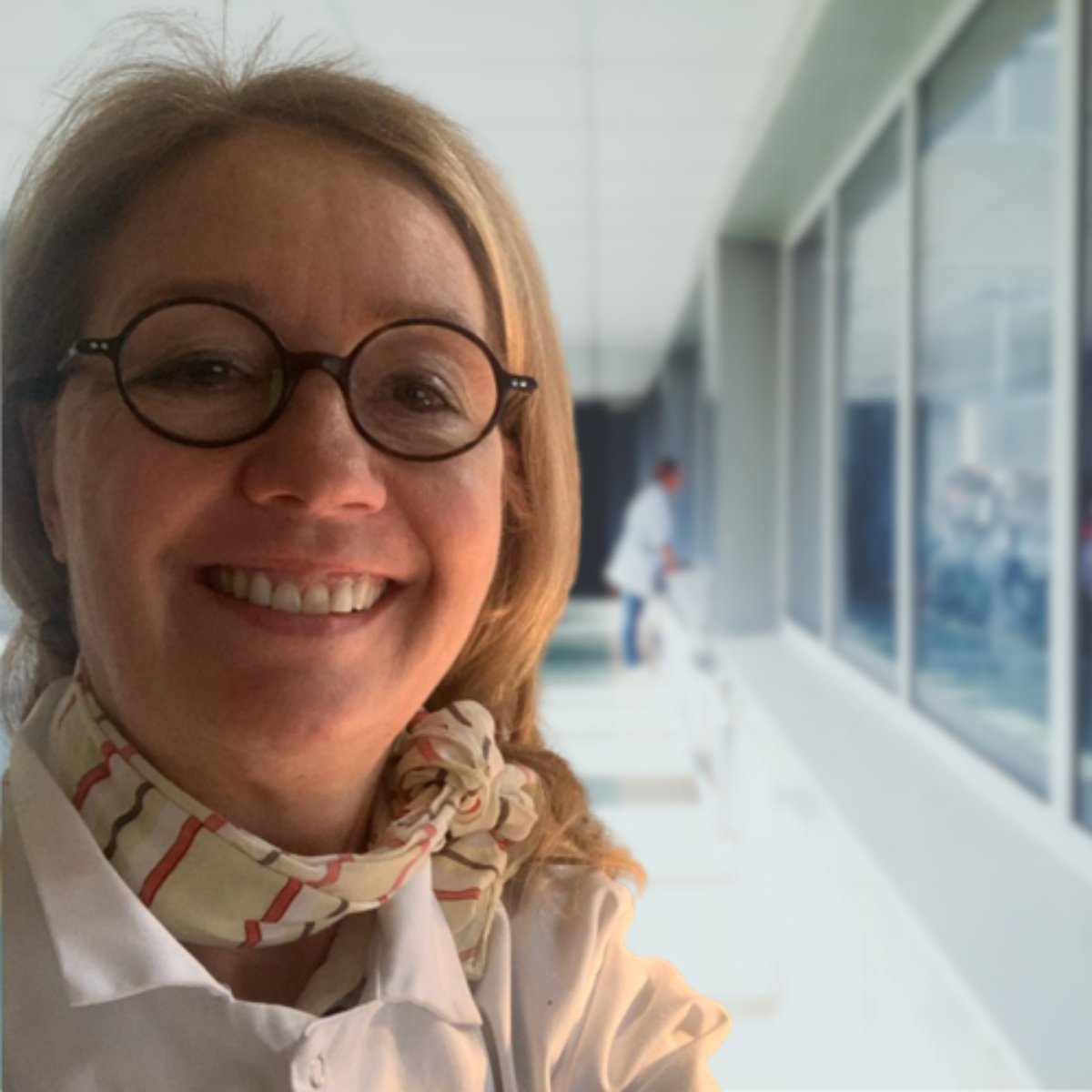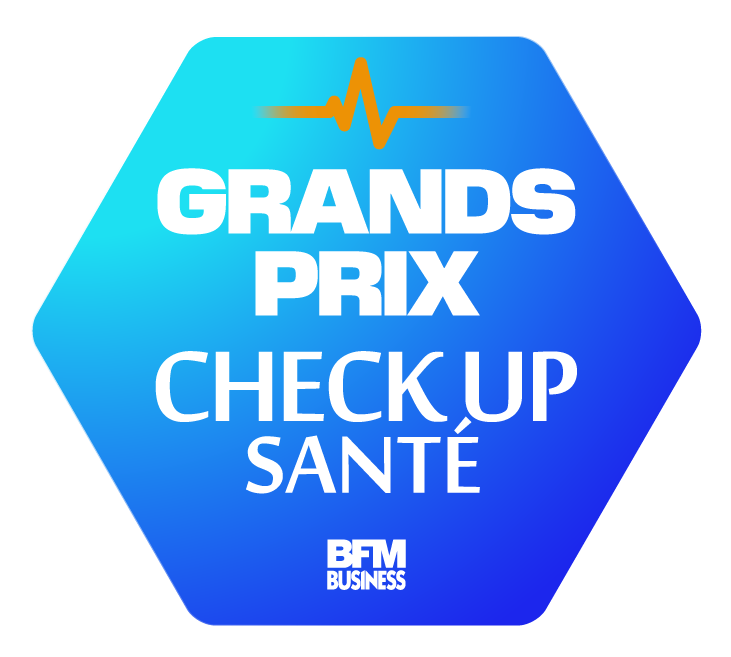Try our ultra-portable ultrasound scanner today.
A portable ultrasound scanner for general practitioners

Confidence and precision
Your portable ultrasound scanner is always on hand to improve the accuracy of your diagnosis and confirm your clinical hypotheses in a matter of seconds.
Simple, scalable training
Our training contents will help you progress organ by organ in your practice. The echOpen team is always ready to support you.
Approved by your colleagues
98% of GPs who use echOpen are satisfied and use it on a daily basis.
The impact of portable ultrasound scanners on medical practice
- 49,4%
(BMJ open, 10(9), e037664).
- 89%
of GPs say their level of confidence in their pre-diagnosis has greatly increased (BMJ open, 10(9), e037664).
- 5min
are sufficient for a targeted ultrasound assessment.
Point-of-Care Ultrasound made easy and affordable

Versatile,
reliable, efficient
echOpen O1, the POCUS probe that enhances and expands bedside physical examination. View the body's internal organs in real time, anytime, anywhere.

Educational, collaborative, secure
Your digital companions to guide you in your daily POCUS practice. With echOpen On and echOpen XP you can easily set up your probe, access training videos and join an active medical community.

echOpen honored with the "Nobel Prize" of Healthcare!
.png)
On December 12, 2025, echOpen awarded the prestigious Prix Galien France 2025 in the MedTech & Digital Solutions category. This prestigious global award validates the vision of portable clinical ultrasound accessible to all. Our echOpen ultrasound scanner was recognized for its ability to transform medical practice by enabling healthcare professionals to perform enhanced examinations that reduce diagnosis times and ensure equitable access to imaging.
echOpen O1 : Perspective from a General Practitioner
The introduction of an accessible solution like echOpen is a major asset to clinical medicine. It is a handheld ultrasound designed for daily use that is within every practitioner's reach. Clinical assessment should be supported by imaging, allowing us to see what we palpate.

A probe that fits all main clinical applications

- Anatomy: visualization of the heart chambers
- Diagnosis: cardiac effusion and tamponade
- Aetiologies: infectious, cardiac, cancerous
- Anatomy: visualization of pleural cul-de-sacs
- Diagnosis: pleural effusions
- Aetiologies: infectious, cardiac, cancerous, interstitial lung disease
- Anatomy: visualization of the bladder, uterus and prostate
- Diagnosis: peritoneal effusions in the pelvic region
- Aetiologies: gynaecological or intestinal diseases, pelvic trauma
- Anatomy: visualization of the spleen, left kidney and splenorenal space
- Diagnosis: peritoneal effusions in the left upper quadrant
- Aetiologies: gastrointestinal diseases, pancreatitis, cirrhosis with ascites
- Anatomy: visualization of the liver, right kidney and hepatorenal space
- Diagnosis: peritoneal effusions in the upper quadrant of the abdomen
- Aetiologies: hepatic, traumatic, infectious, biliary disorders
- Trauma assessment
- FAST (Focused Assessment with Sonography for Trauma) protocols
- EFAST protocol (Extended Focused Assessment with Sonography for Trauma)
- Visualization: large and peripheral vessels
- Use: central catheterization of large vessels
- Diagnosis: abdominal aortic aneurysms
The echOpen ultrasound scanner for rapid diagnosis
Allows targeted and immediate ultrasound examinations to be carried out directly in the doctor's office, for better diagnosis and faster patient referral.
The echOpen ultrasound scanner for mobility
Its ultra-portable size makes it easy to take with you on home visits, ensuring continuity of quality care.
The echOpen ultrasound scanner tosave you money
echOpen is the most affordable probe on the market for starting out in clinical ultrasound without heavy investment.
The echOpen ultrasound scanner for quality
Developed with the AP-HP, echOpen has validated the quality of its device with 3 clinical studies.




Your peers speak out: portable ultrasound in practice
Medical resources and documentation
echOpen covers the main reasons for consultations in general medicine for the following cases
FAQ
Clinical ultrasound in general practice
Why use POCUS in general practice?
Point-of-care Ultrasound helps GPs to diagnose and refer their patients more quickly and efficiently.
As a natural complement to the physical examination, POCUS allows you to see the human body's main internal organs and tissues in real time, and detect abnormalities accross systemz: respiratory, cardiac, abdominal, vascular, musculoskeletal, gynecological-obstetrical, urological...
Depending on the country where you practice, your profession and specialty, as a healthcare professional you may be automatically certified to perform and bill for POCUS examinations Please refer to your local health authorities to make sure that you can perform POCUS independently.What are the benefits of POCUS for GPs and their patients?
Point-of-Care Ultrasound is a non-irradiating, non-invasive and painless procedure, generally well tolerated by patients of all ages.
This technique enables you to enhance clinical examination, confirm or refute a diagnostic suspicion, and refer your patient more effectively to the right specialty.
The patient is reassured, and treatment can be started sooner. Unnecessary, invasive and costly additional examinations may be avoided. Numerous studies also suggest that POCUS helps to boost patient confidence in their GP.Why use an ultraportable POCUS probe in general medicine?
Ultra-portable, personal clinical ultrasound probes slip easily into your pocket and can be carried anywhere, just like your stethoscope. Start a new consultation in just a few seconds, in your sugery, at your patient's residence or at the scene of an accident.
Robust and with enough autonomy for a day's consultations, ultra-portable clinical ultrasound probes such as echOpen O1 also have the advantage of being wireless, making them easier to place, hold and move.
They connect to a simple smartphone, which can be used to record images, video loops and annotations.How much does a portable ultrasound scanner cost?
The price of portable ultrasound scanners varies widely according to brand, model and functionality, generally ranging from €3,000 to over €9,000. The echOpen ultrasound scanner sets itself apart by offering medical-grade imaging technology at a particularly affordable price. With a price tag of less than €1,000, echOpen makes portable ultrasound affordable and easily accessible to the greatest number of healthcare professionals, enabling the rapid and effective democratization of medical imaging within practices and hospital structures.
Awards and distinctions














.jpg)
.jpg)











.jpg)


.png)



.webp)





